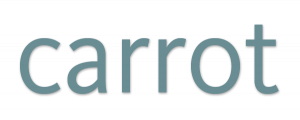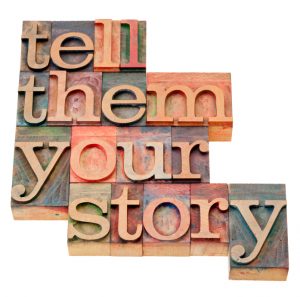Kate spoke to freelance digital consultant, Chris Lee, for the PRCA Digital Group Podcast. They discussed the emerging trends covered at SXSW Interactive (SXSWi) 2016.
It sounds like Kate had a fascinating time at SXSWi (and the rest of the Carrot team aren’t jealous at all). As usual, the event was packed with fast-growth tech companies and featured some amazing, and inspiring, speakers.
The event focused on several related themes, including:
Virtual reality technology
It feels like Oculus Rift has been around forever now, but other brands are taking their VR headsets to market. The HTC Vive is coming out on 5th April, while the Playstation VR (aka Project Morpheus) is set for a release data this October. Several other manufacturers will soon release their own VR headsets.
VR, hologram and augmented reality technologies all have potentially huge implications for the PR industry.
Debate on Ad blocking
The ad blocking debate is gathering momentum as media companies look for ways to fight back against those who install ad blockers. Some organisations have taken a harsh stance, saying that they will refuse to allow people to read their articles if they refuse to see their ads.
However, recent studies haven’t helped the cause of proponents of online advertising. Enders Analysis found that 18% to 79% of data downloaded on mobiles was from advertising – that’s a massive chunk of people’s data allowances. The Next Web reported that ransomeware had been discovered in ads on several high profile media websites, such as the BBC and New York Times.
People don’t block ads to be spiteful; they block them because they find ads intrusive, annoying or for the security and data reasons listed above. Advertisers and media organisations won’t get far by threatening people – they have to find a better way. For Mashable, that involves collaborating with brands to create engaging content.
Artificial Intelligence
SXSWi also looked at AI and asked what aspects of human conversation could be taken over by this technology. Is it even possible to automate something as human as conversation? Researchers are examining patterns in conversation right now to see if that is possible.
In the future, this could mean that some elements of PR are automated. What would this mean for the industry?
Smart apps and predictive analytics
Kate mentioned Notion, an app that uses AI to analyse which emails in your inbox will matter most to you and require a quick response. This may be fantastic for our inboxes, but what will it mean for media relations?
Predictive analytics also made waves at SXSWi. Our data can be used to predict everything from the spread of diseases to potential gun crimes, but it can also be used for more mundane things, like evaluating intent to buy – which means that it may even help PR agencies evaluate the work they do for clients. (However, as Kate said, the ethics around this are likely to be part of next year’s SXSWi debate.)
Diversity
This year’s SXSWi had a strong focus on diversity within the tech industry, with several talks and panel discussions on making the industry more representative.
As Manoj Raghunandanan, senior marketing director, Johnson & Johnson, said:
“We have an obligation to the consumers we have a privilege to serve, and if you’re on the brand side or the agency side, you’re serving these people by being authentic to who they are.” (via CampaignLive).
In the podcast, Kate pointed out that the PR industry faces similar issues when it comes to the diversity of its talent, and that we need to focus on creating a culture of diversity if we want our agencies to thrive. As Kate said, “we have to start looking like the people we represent”.
You can listen to the podcast here:
https://soundcloud.com/silvester-finch/prca-digital-group-podcast-episode-1-sxsw-round-up-with-kate-hartley






